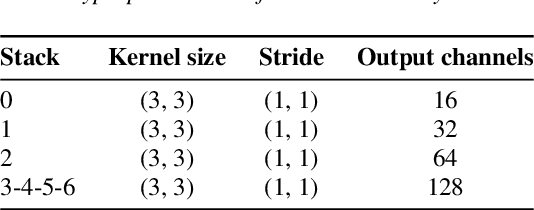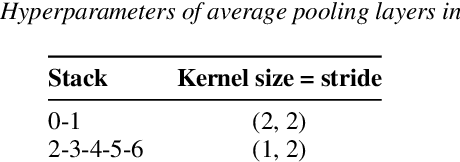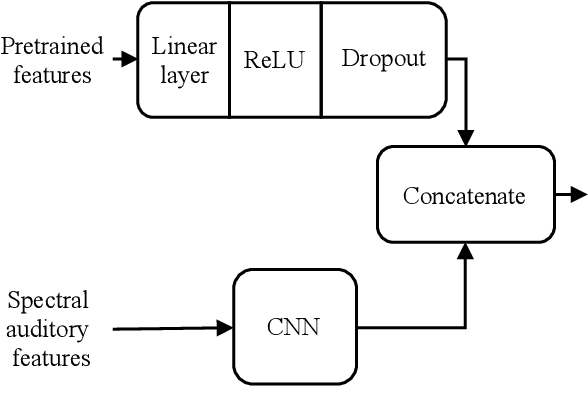Audiovisual transfer learning for audio tagging and sound event detection
Paper and Code
Jun 09, 2021



We study the merit of transfer learning for two sound recognition problems, i.e., audio tagging and sound event detection. Employing feature fusion, we adapt a baseline system utilizing only spectral acoustic inputs to also make use of pretrained auditory and visual features, extracted from networks built for different tasks and trained with external data. We perform experiments with these modified models on an audiovisual multi-label data set, of which the training partition contains a large number of unlabeled samples and a smaller amount of clips with weak annotations, indicating the clip-level presence of 10 sound categories without specifying the temporal boundaries of the active auditory events. For clip-based audio tagging, this transfer learning method grants marked improvements. Addition of the visual modality on top of audio also proves to be advantageous in this context. When it comes to generating transcriptions of audio recordings, the benefit of pretrained features depends on the requested temporal resolution: for coarse-grained sound event detection, their utility remains notable. But when more fine-grained predictions are required, performance gains are strongly reduced due to a mismatch between the problem at hand and the goals of the models from which the pretrained vectors were obtained.
 Add to Chrome
Add to Chrome Add to Firefox
Add to Firefox Add to Edge
Add to Edge